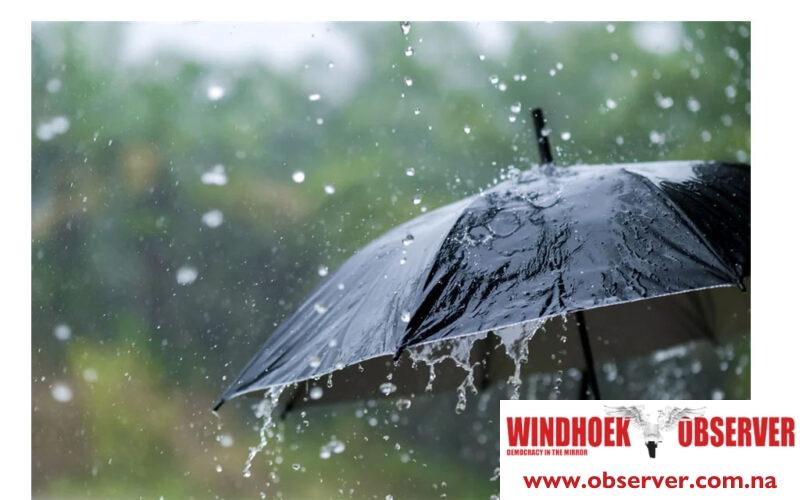Niël Terblanché
Following a challenging 2023/24 season marked by poor rainfall which prolonged the drought, Namibia must for a slow onset to the rainy season, with the potential for improved rainfall as the year progresses.
The Namibia Meteorological Service has released its seasonal forecast for 2024/25, presenting a mixed outlook for the country’s rainfall and climate conditions.
According to the forecast, the 2023/24 season saw erratic weather patterns with most of Namibia experiencing below-average rainfall.
Several regions, including Erongo, Omusati, and Kunene, faced their fifth consecutive year of drought, while Kharas, Hardap, Khomas, and parts of Omaheke experienced their second year of drought.
These extended dry spells had severe consequences for agriculture, leading to widespread crop failure and necessitating drought relief in all regions.
Additionally, Namibia’s average temperature for 2023 was recorded at 21.5°C, slightly above the long-term average.
Unusually high temperatures, particularly in November 2023, contributed to agricultural challenges, with many regions suffering from crop stress and poor grazing conditions.
Looking ahead, the forecast indicates a slow start to the rainy season in October 2024, particularly in the southern regions of Hardap and Kharas, where below-normal rainfall is predicted.
However, the northern and central regions of Namibia are expected to see normal to above-normal rainfall as the season progresses from November through to March 2025.
The outlook for January to March 2025 is more optimistic, with the majority of the country predicted to receive normal to above-normal rainfall.
The meteorological service said that this improvement offers hope for both livestock and crop farmers, who are encouraged to make the most of the favourable conditions by preparing their land and restocking where appropriate.
The forecast provides critical guidance for several sectors, most notably water management and agriculture.
For the water sector, the anticipated mixed rainfall pattern highlights the need for proactive water management strategies.
Communities in southern regions are advised to prioritize water conservation and infrastructure improvements, such as drilling boreholes and enhancing dam storage capacity, to mitigate the risk of water shortages.
In the agricultural sector, the expected improvement in rainfall conditions could result in better grazing and higher crop yields. However, farmers are warned to remain vigilant against potential risks, including flooding, waterlogging, and the spread of pests and livestock diseases. The northwestern regions should also prepare for the possibility of drought.
Regarding preparedness for disaster, the Office of the Prime Minister has stressed the importance of early preparedness and disaster risk reduction.
The forecast suggests the potential for localised flooding in low-lying areas and river basins, particularly in the Zambezi, Kavango East, and Kavango West regions, as well as the Cuvelai-Etosha Basin.
The meteorological service advised authorities to clear drainage systems, strengthen flood control measures, and pre-position emergency supplies in flood-prone areas.
Public health risks are also anticipated, including the spread of waterborne diseases like cholera and malaria.
The Ministry of Health is urged to intensify public health campaigns, particularly in flood-affected regions, to mitigate these risks.
While the forecast predicts a slow start, the anticipated above-normal rainfall later in the season offers hope for improved agricultural productivity and water security.




